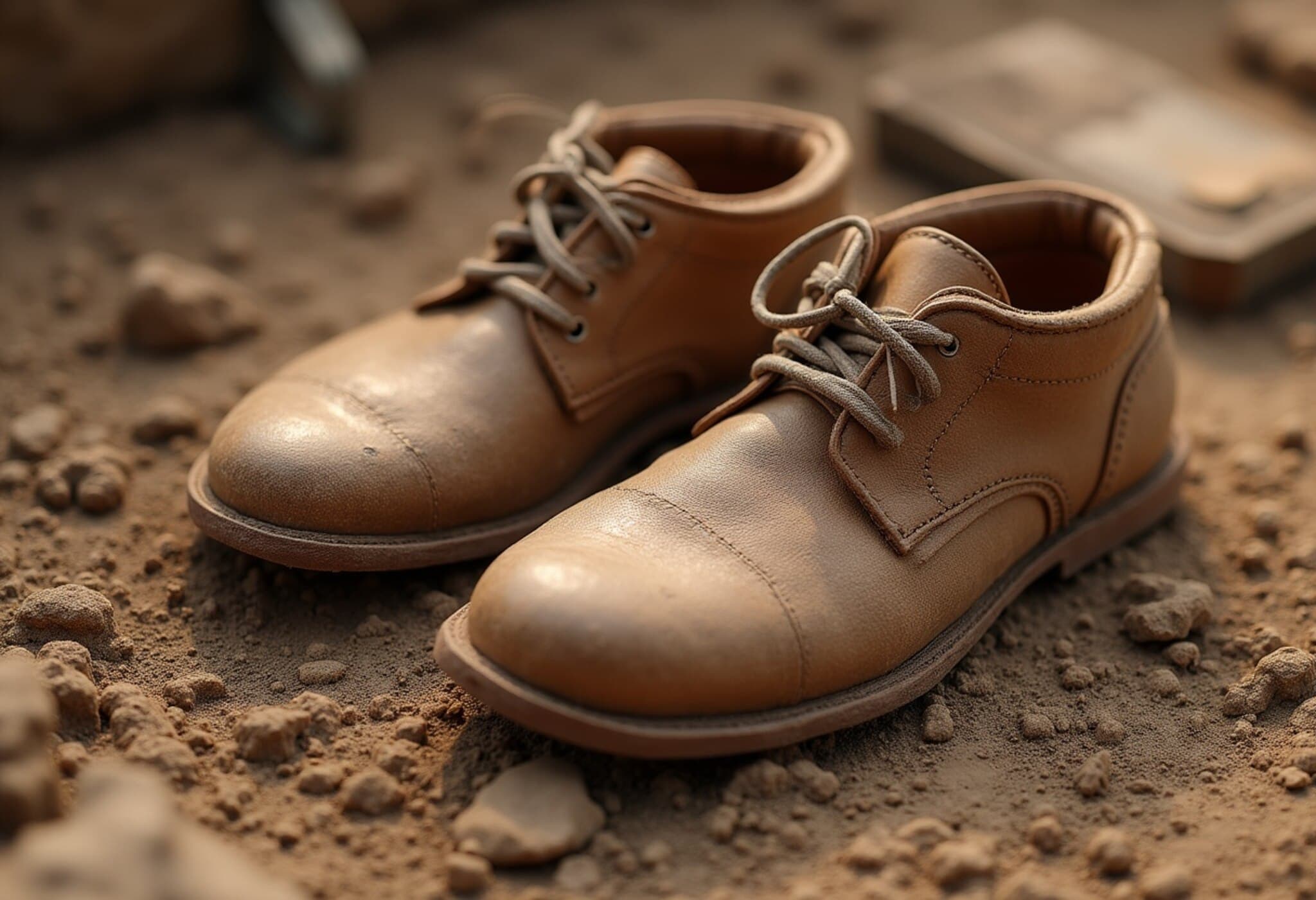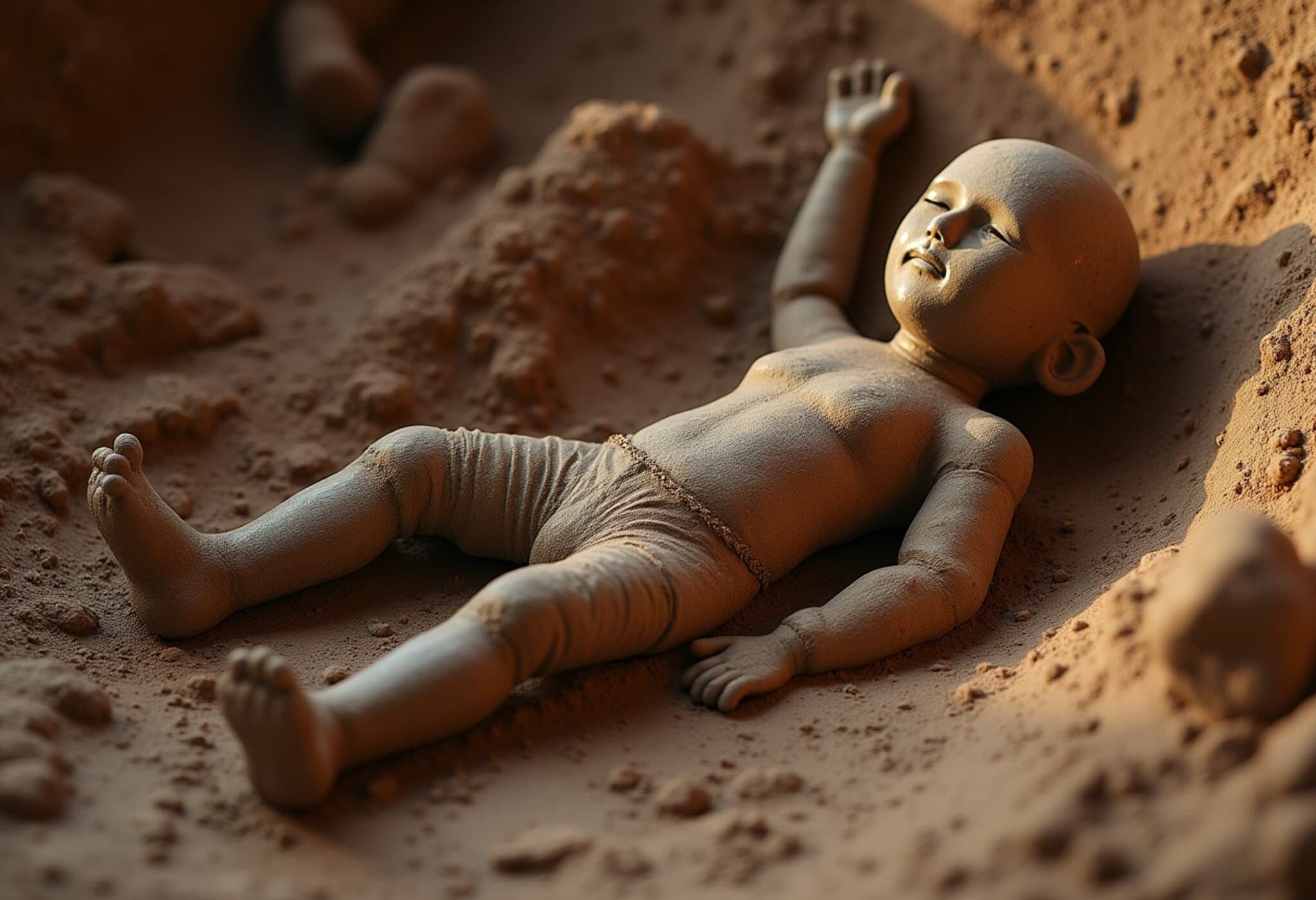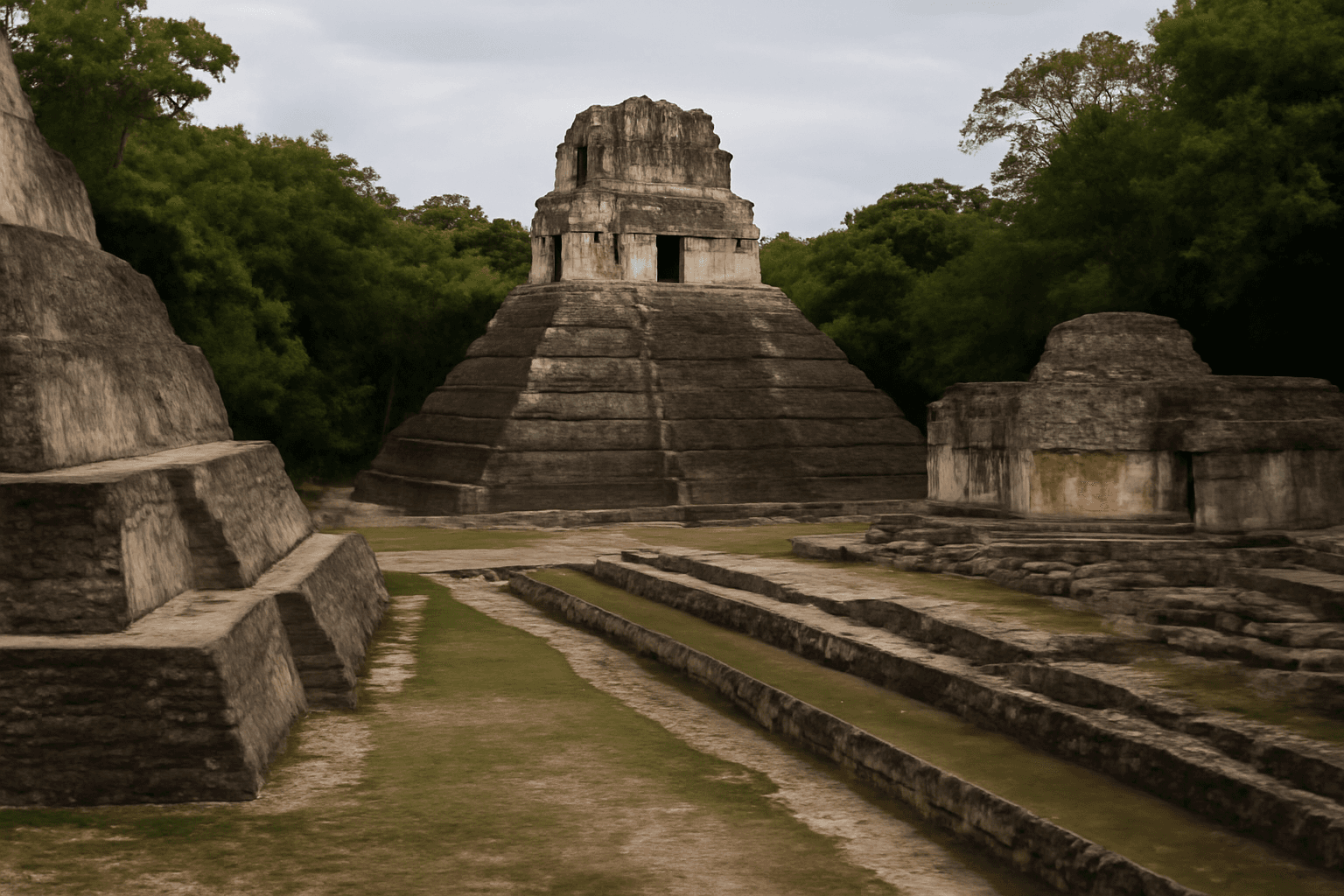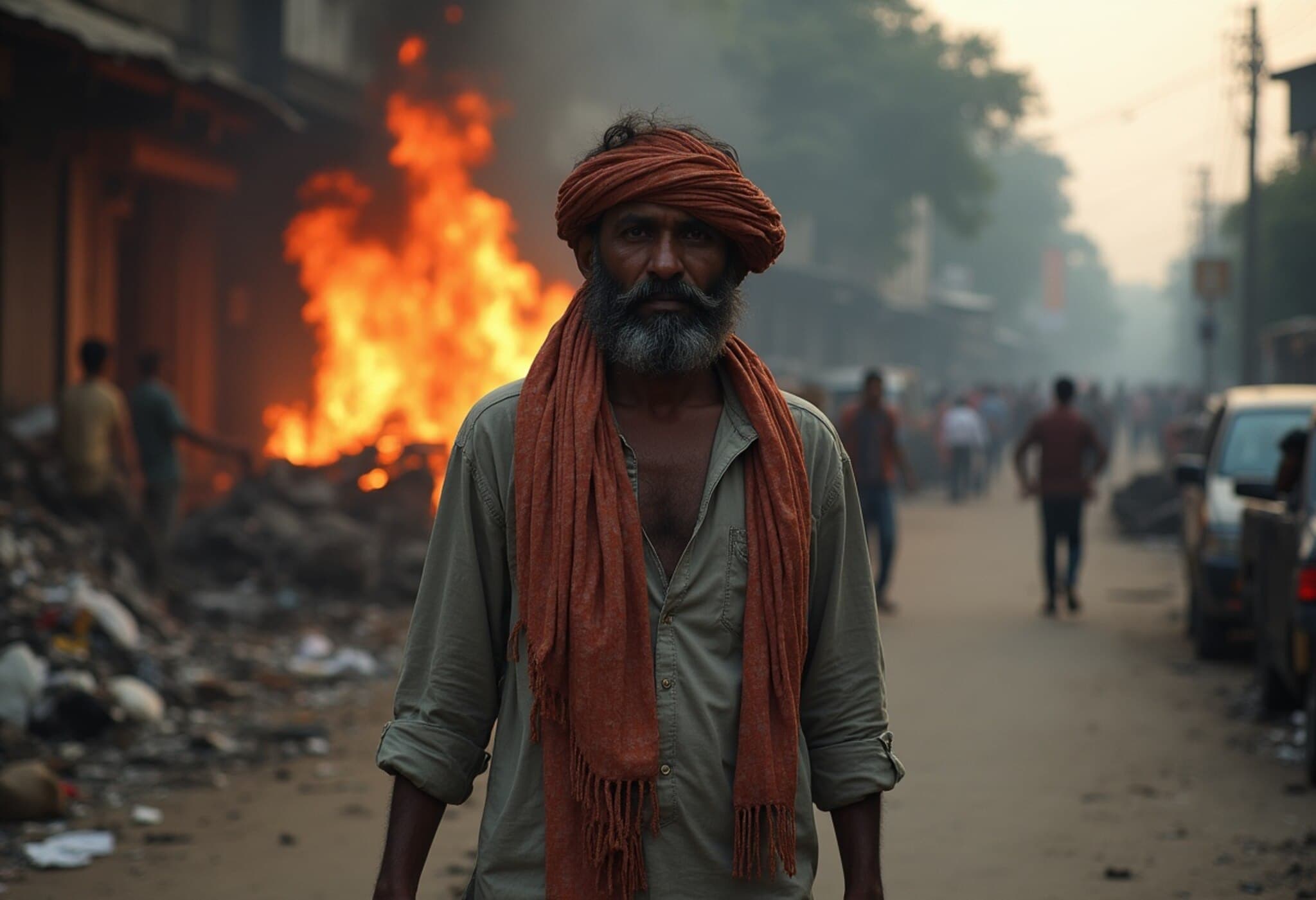Archaeologists Uncover Remarkably Large Roman Footwear at Magna Fort
In a fascinating discovery that challenges long-held assumptions about Roman military occupants in northern England, archaeologists excavating Magna Fort along Hadrian’s Wall have unearthed a collection of unusually large Roman leather shoes. Among these, several pairs measure over 30 centimeters in length, with the largest sole measuring an impressive 32.6 cm (roughly a UK size 14). This finding raises intriguing questions about the stature and diversity of soldiers stationed at this ancient frontier.
Magna Fort: A Melting Pot of Empire-Era Diversity
Constructed circa AD 85, Magna Fort served as a bustling Roman military base inhabited by troops and their families from across the empire. Epigraphic evidence on the fort’s walls references soldiers originating from regions spanning today’s Syria, Croatia, Serbia, and the Netherlands, underscoring the cosmopolitan nature of this Roman outpost.
Who Wore These Giant Shoes?
Initially, lead archaeologist Rachel Frame considered that the large shoes might have been stuffed for warmth or used with thick socks, explaining their uncommon size. However, as more shoes with varied styles emerged, it became apparent these belonged to individuals with genuinely large feet, suggesting at least some soldiers were notably taller than average.
Rob Collins, professor of Roman history at Newcastle University, notes, "Ancient Roman military manuals suggest the ideal soldier stood about 5 feet 8 or 9 inches tall, but the soldiers at Hadrian’s Wall hailed from distant corners of the empire, bringing diverse physical characteristics." This diversity likely resulted in a broad range of foot sizes, including these outliers with very large shoes.
Piecing Together Stories from Personal Artifacts
The conditions preserving these leather soles for nearly two millennia are exceptional, attributed to the low-oxygen state of the soil at Magna Fort. However, modern climatic shifts—more frequent heatwaves, intense rainfalls, and drought—threaten the preservation of such priceless artifacts.
Despite the challenge of limited human remains—since Roman cremation practices leave little skeletal evidence—archaeologists rely on wear patterns and foot impressions in the shoes to glean insights about their owners. Coupled with pottery and other material culture unearthed at the site, researchers aim to reconstruct timelines and daily lives of these ancient occupants.
Climate Change and the Urgency of Preservation
Rachel Frame poignantly emphasizes that archaeology is about telling the untold stories—not of emperors or generals, but of ordinary people whose lives seldom enter history books. These personal belongings shine a light on the individuals behind the historic sites. Yet, she warns that ongoing climate fluctuations may accelerate degradation, endangering our ability to connect with this past.
Broader Implications: Diversity in the Roman Military
This discovery opens avenues for reexamining the physical diversity and mobility within the Roman military. It challenges stereotypes of uniform Roman soldiers by highlighting the empire’s reach and the varied backgrounds of those who defended its borders.
In an American context, such findings resonate with ongoing conversations about immigration and diversity in institutions. The Roman Empire, much like today’s globalized world, unified a vast array of cultures and peoples, who collectively contributed to its endurance.
Key Takeaways
- Largest Roman shoe sole found measures 32.6 cm, suggesting some soldiers were taller than the typical 5'8" height.
- Magna Fort housed soldiers from diverse regions, reflecting the multicultural nature of the Roman army.
- Preservation of leather shoes owes to unique soil conditions endangered by current climate change.
- Roman cremation customs limit physical remains, making artifacts critical for understanding past lives.
- Findings illuminate the human dimension behind historic military sites, emphasizing ordinary people's stories.
Editor's Note
The giant shoes discovered at Magna Fort not only shed light on the diversity within the Roman military ranks but also remind us of the fragility of archaeological heritage in the face of contemporary climate challenges. As we delve into these personal artifacts, we're called to ponder how history preserves the stories of everyday individuals often left untold. What might these shoes reveal about identity, mobility, and cultural exchange in the ancient world? And how can modern societies better protect such invaluable links to our shared human past?











